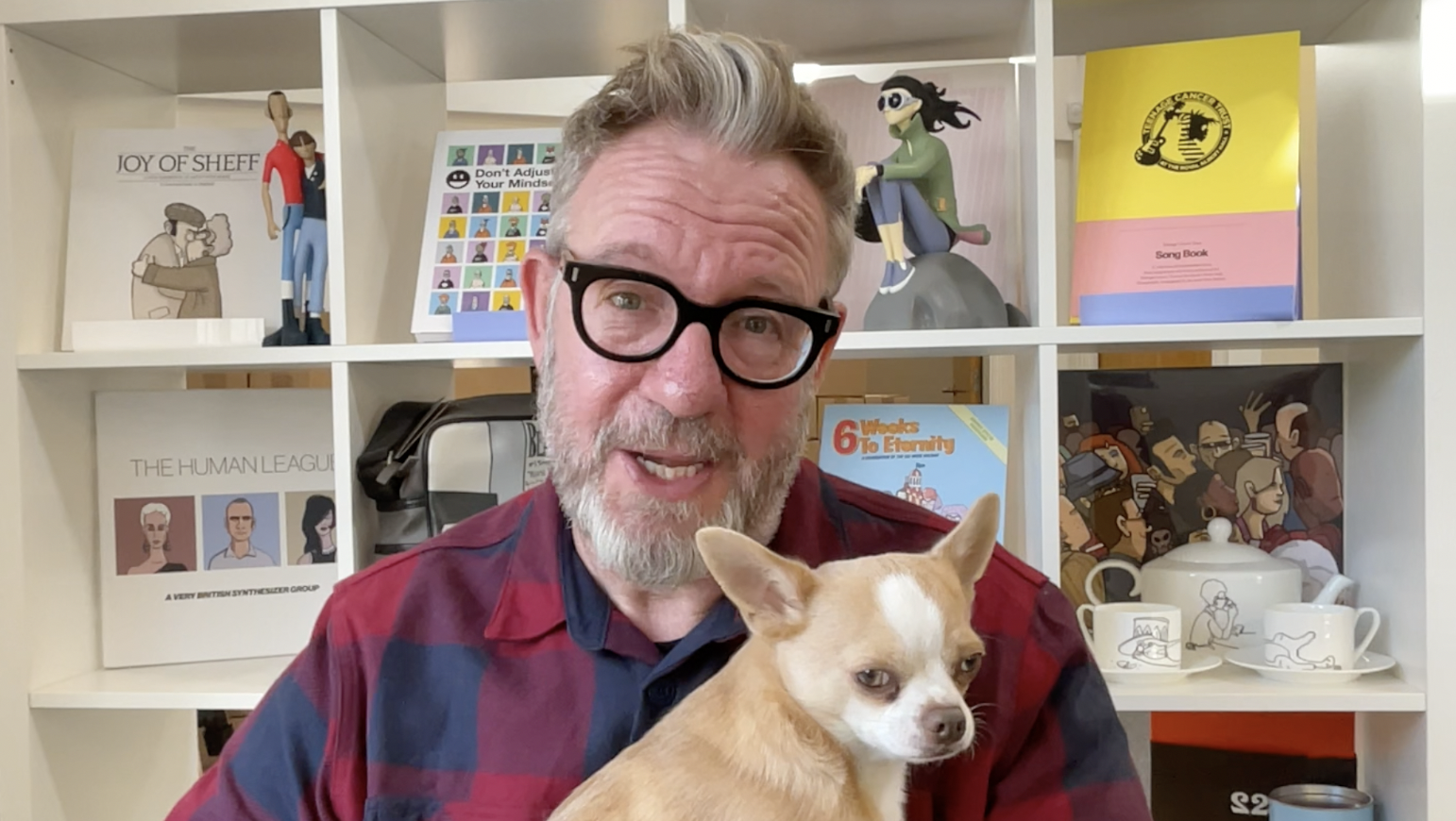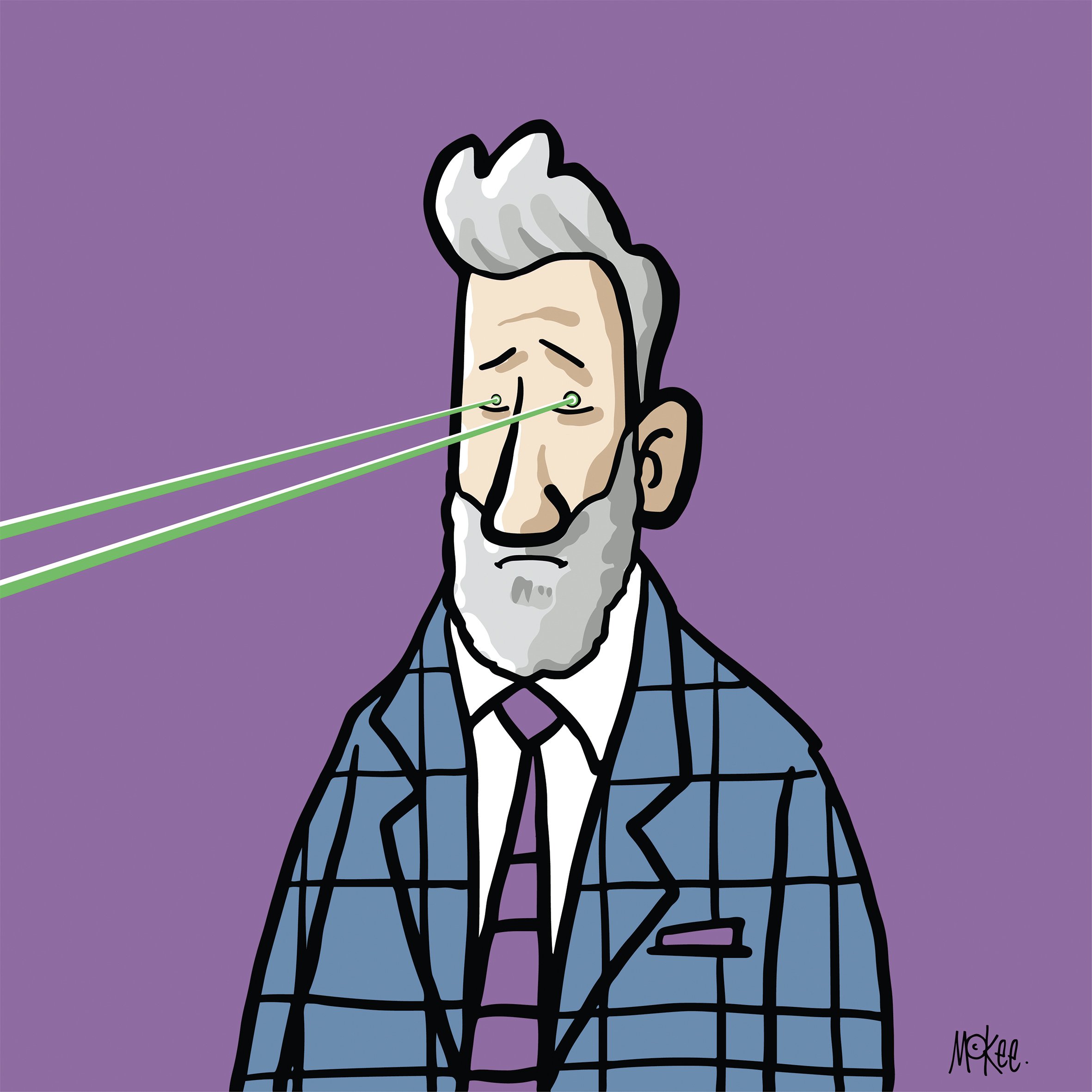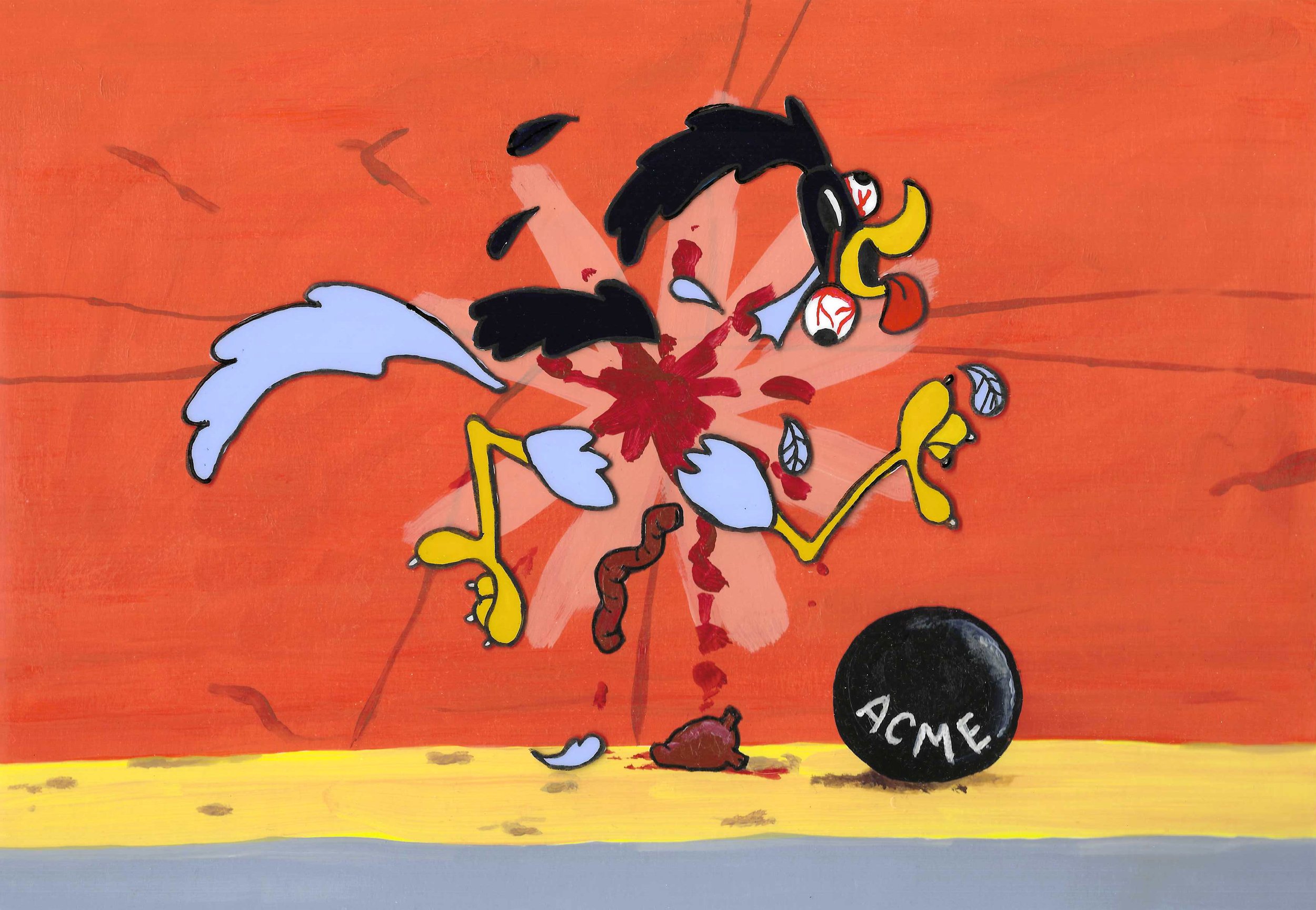
Room Three
Fame, Communication & Value
This collection of work questions and subverts internet culture, examining the strange digital universes from which this exhibition first originated. It explores our deeply ingrained reliance on, and relationship with, cyberspace. Here Pete covers various subjects such as online fame, communication and digital commerce.
The final artwork on this page represents how creative and artistic methods have been transformed by digital technologies. The Last Deleted Scene explores how drawing cartoons by hand has generally been replaced by digital techniques. In this work Road Runner, a popular character from the American animated short film series Looney Tunes, dies. In the original cartoons, this character always survives despite the attempts on his life made by Wiley E. Coyote in every episode. By killing off this character Pete represents the death of hand-drawn cartoons.
The ‘ACME’ cannonball symbolises the power of the internet, while Road Runner stands for technologies and customs now rendered obsolete. The internet is here to stay. There is no turning back and perhaps our reliance on it will only get stronger.
So, what does this mean for us individually and as a society? Should it mean anything at all? Perhaps we should be neither satisfied nor dissatisfied with how immersed and dependent most of us are or will become, accepting this as an integral part of living? Or maybe, every so often, we might step outside our digital worlds for just a moment, adjusting our mindset and questioning where we have been and what we have been doing in these virtual spaces. Maybe some of us can be like the original Road Runner and will never truly be captured by the power of the internet…
Famous for 15 Seconds (2021 - 2022)
Video installation with four paintings
The title of this work (above video and paintings below) references the transient and fickle nature of viral fame. Once a video has gone viral, it is swiftly superseded by the next new and exciting clip that captures our attention in a non-stop conveyor belt of imagery. “Fifteen seconds of fame” references the phrase “fifteen minutes of fame”, attributed to Andy Warhol. In Pete’s interpretation “fifteen minutes” has become mere seconds, alluding to our short attention spans when scrolling through social media. It also points to how, literally, all it takes is a few seconds of video to propel individuals into stardom – or infamy.
Producing this series entailed selecting stills from four viral videos that particularly captured the artist’s attention. The resulting paintings record fleeting digital moments in a traditional and durable medium, ironically lending historical weight to transient and seemingly superficial events.
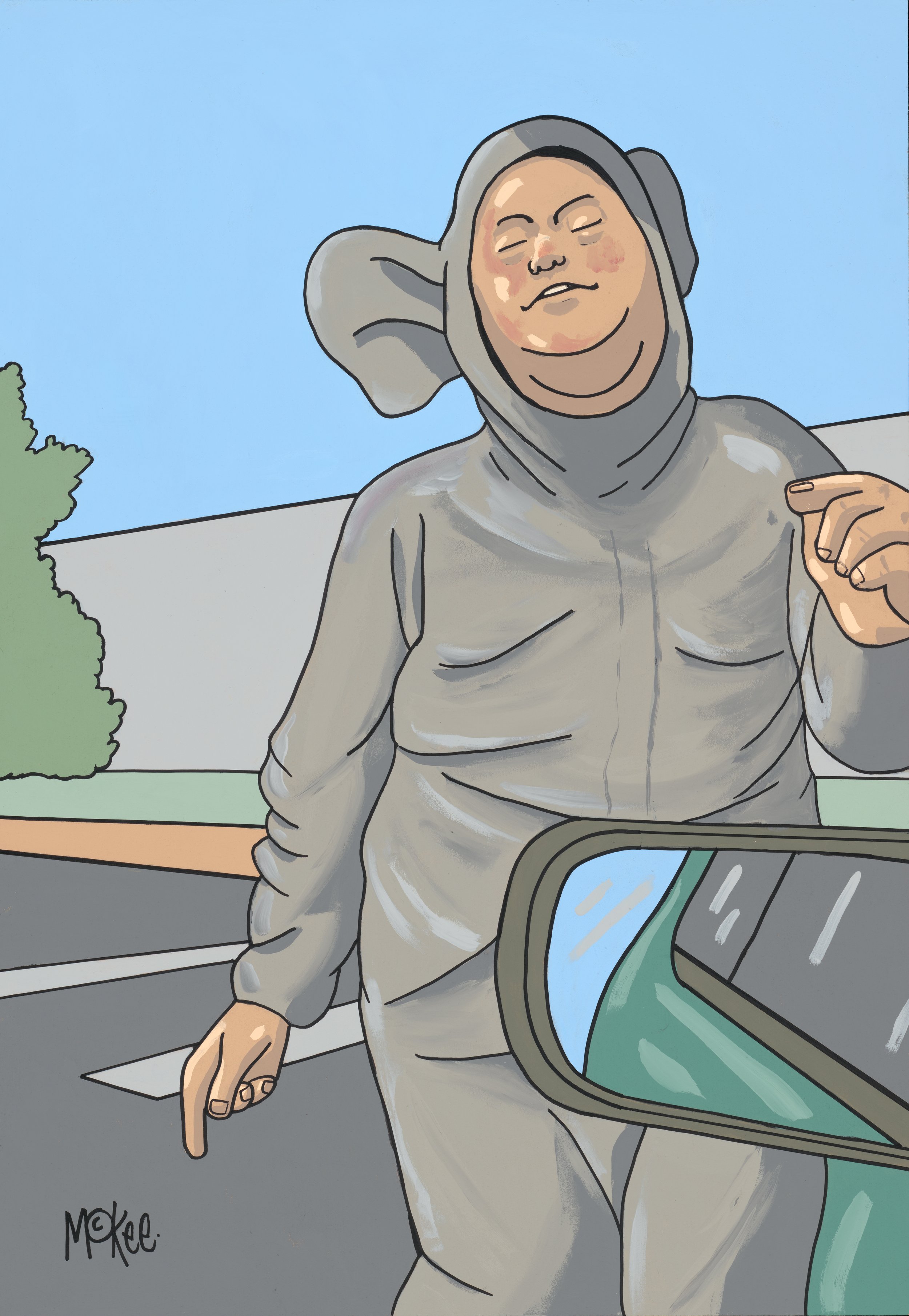

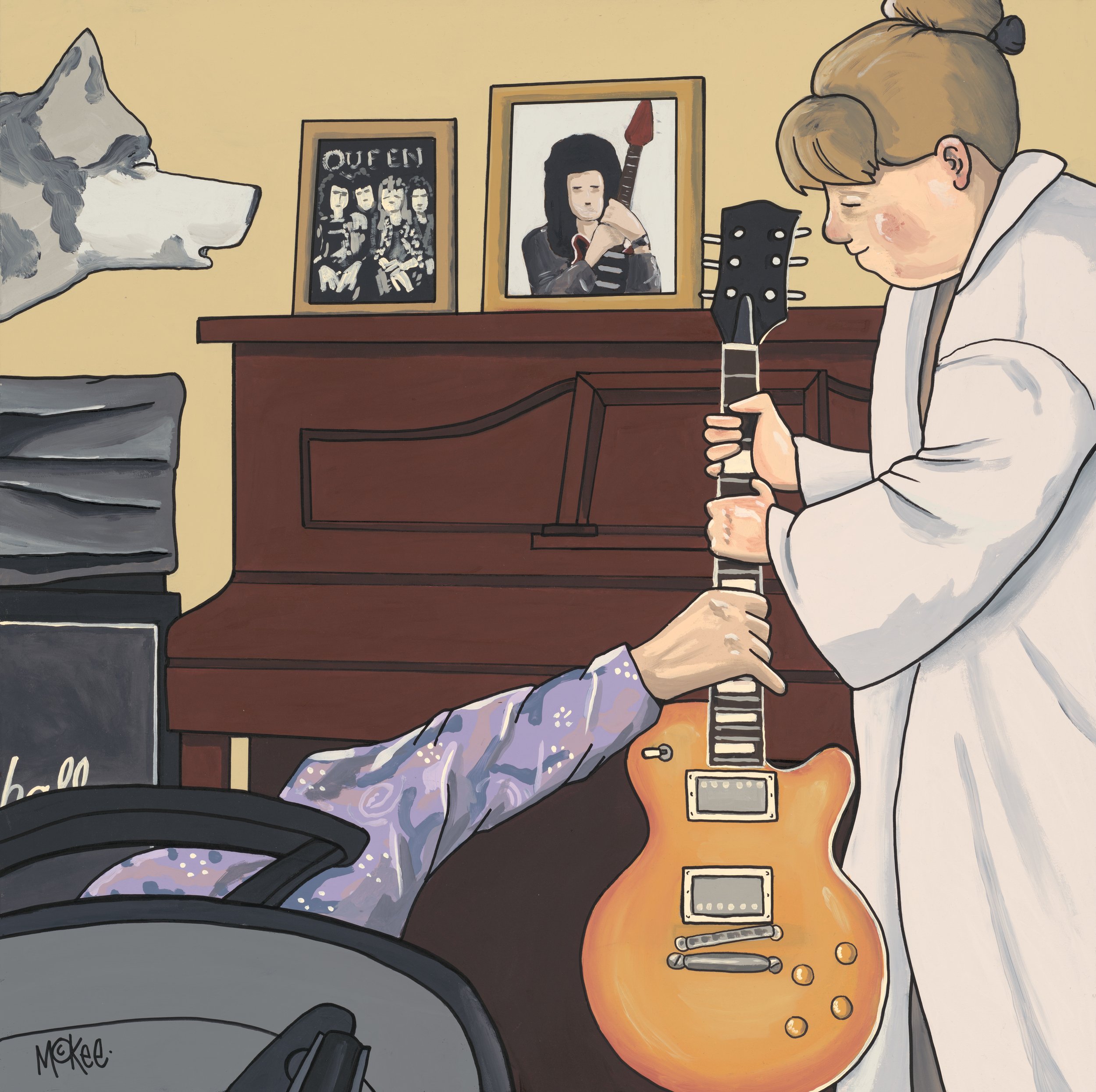
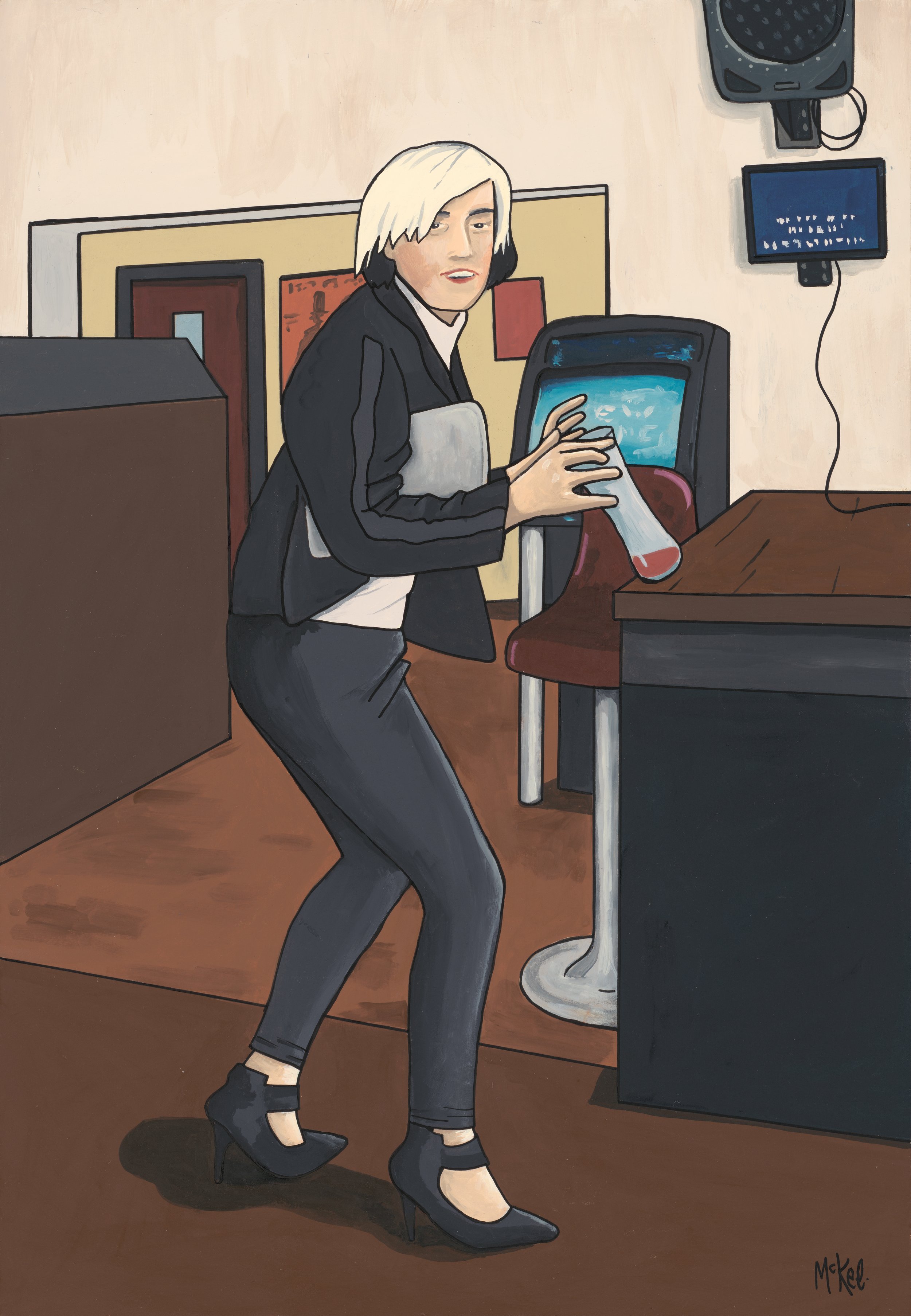
Famous for 15 Seconds Paintings
Flash Dance (2022)
Emulsion on board
45.5cm x 66cm
FAMOUS MAN IN MOUSE COSTUME THRUSTS GROIN INTO DRIVER’S FACE
Welcome To The Circus (2022)
Emulsion on board
45.5cm x 66cm
Roll up roll up! Come watch the man feed the rich.
A Star Is Born (2021)
Emulsion on board
61cm x 61cm
And Brian watches on.
Dancing Queen (2022)
Emulsion on board
45.5cm x 66cm
I was beguiled by the sparkle in her eyes, the smile on her face, the swish of her hair but mostly because she was living her best life.
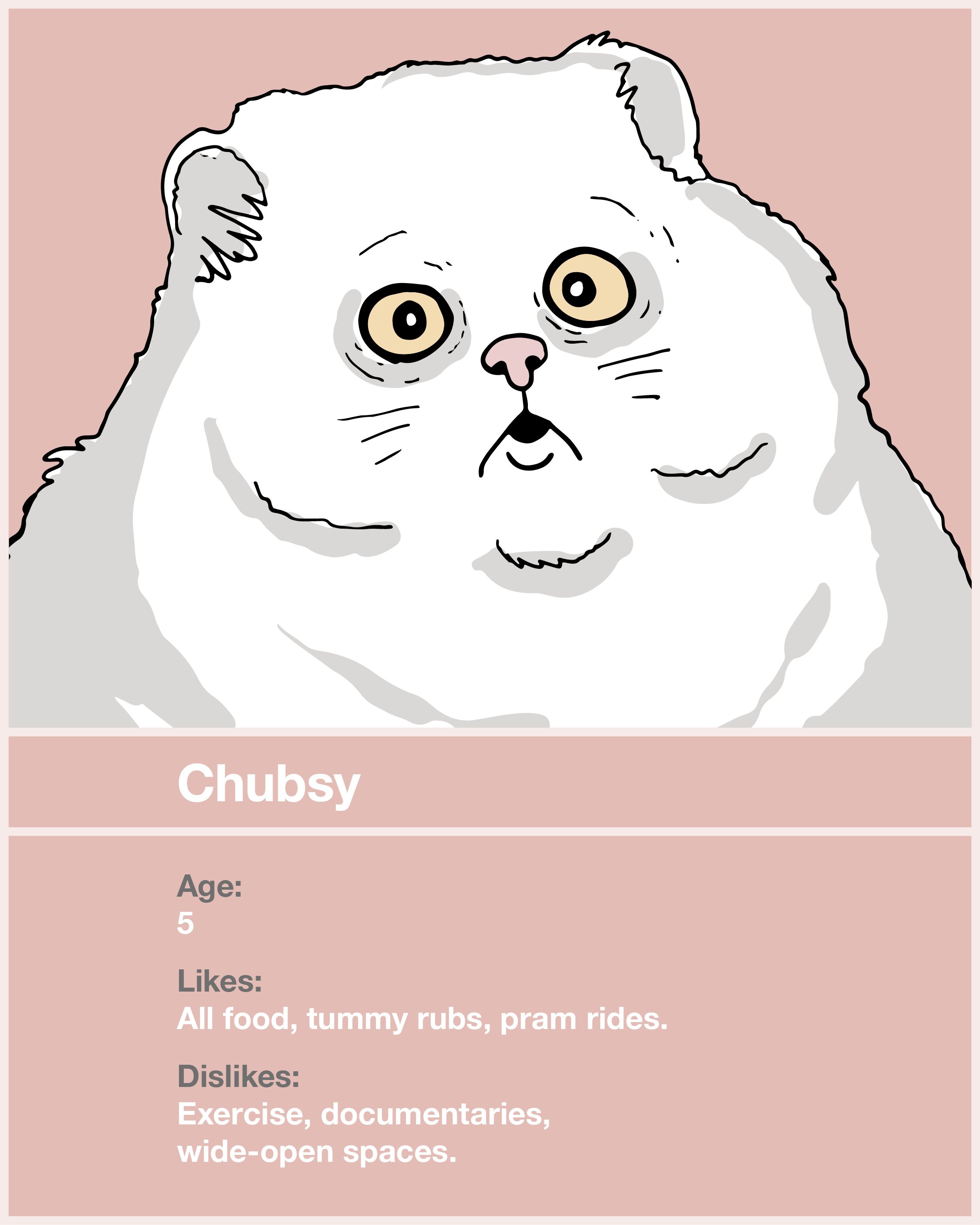
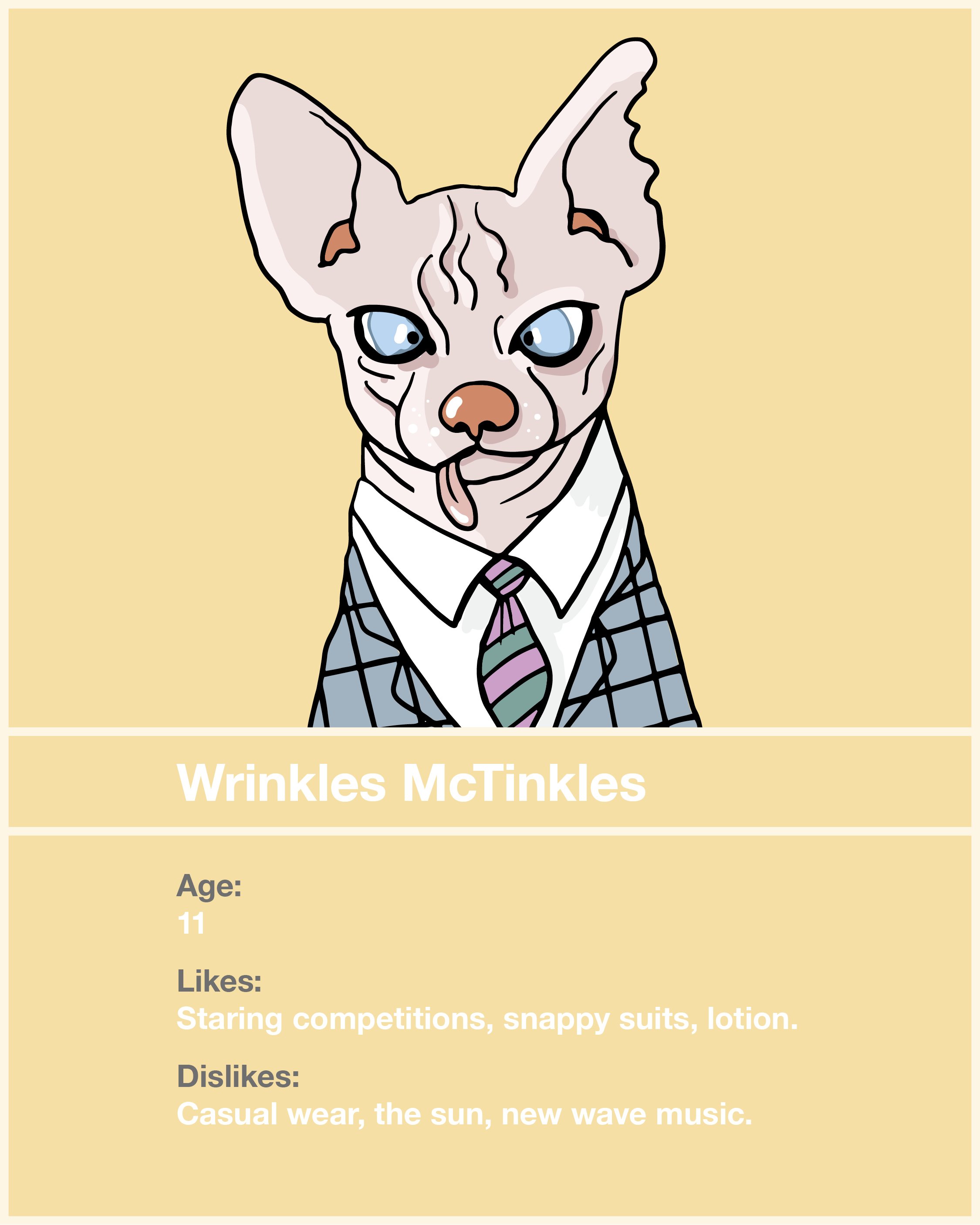
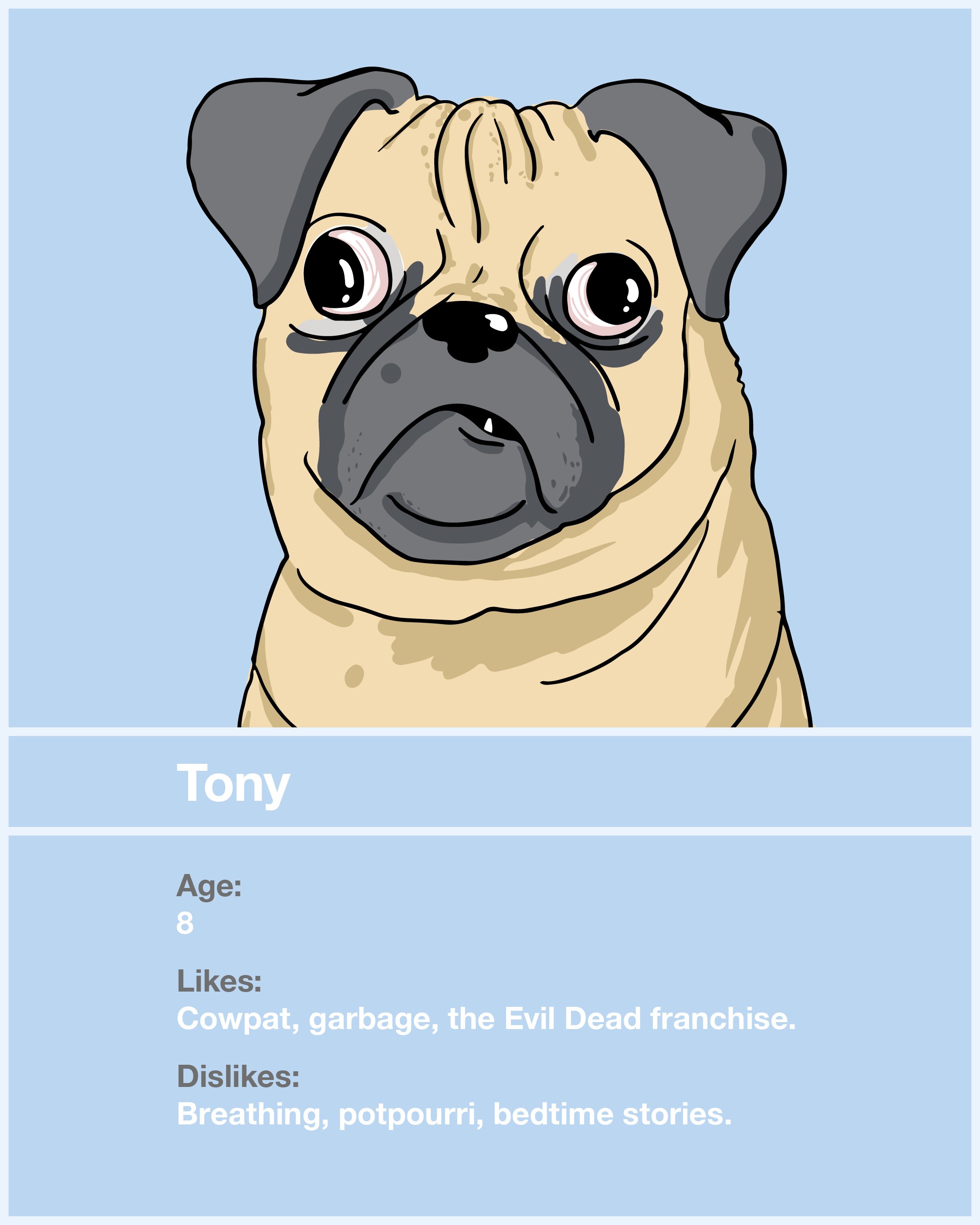
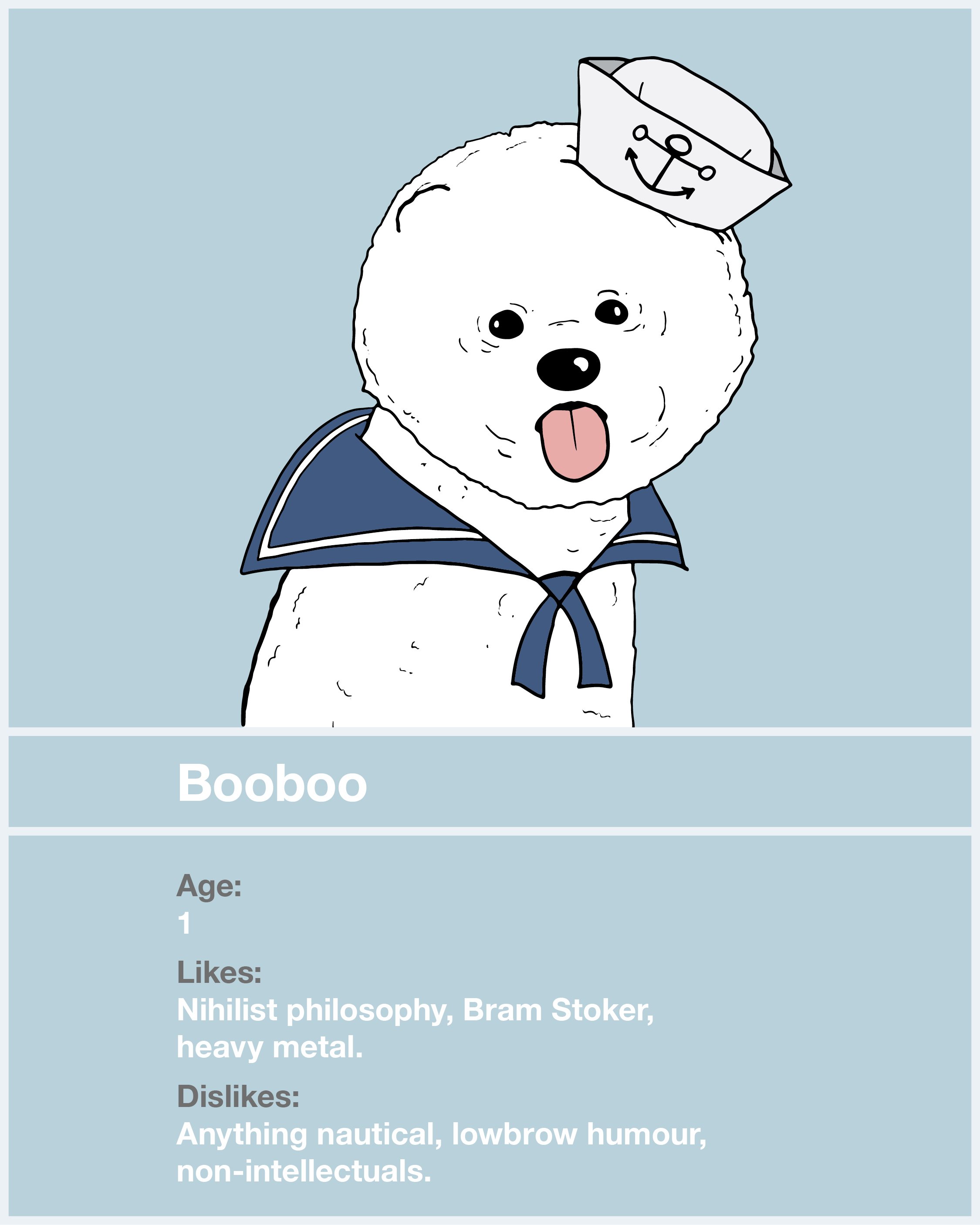
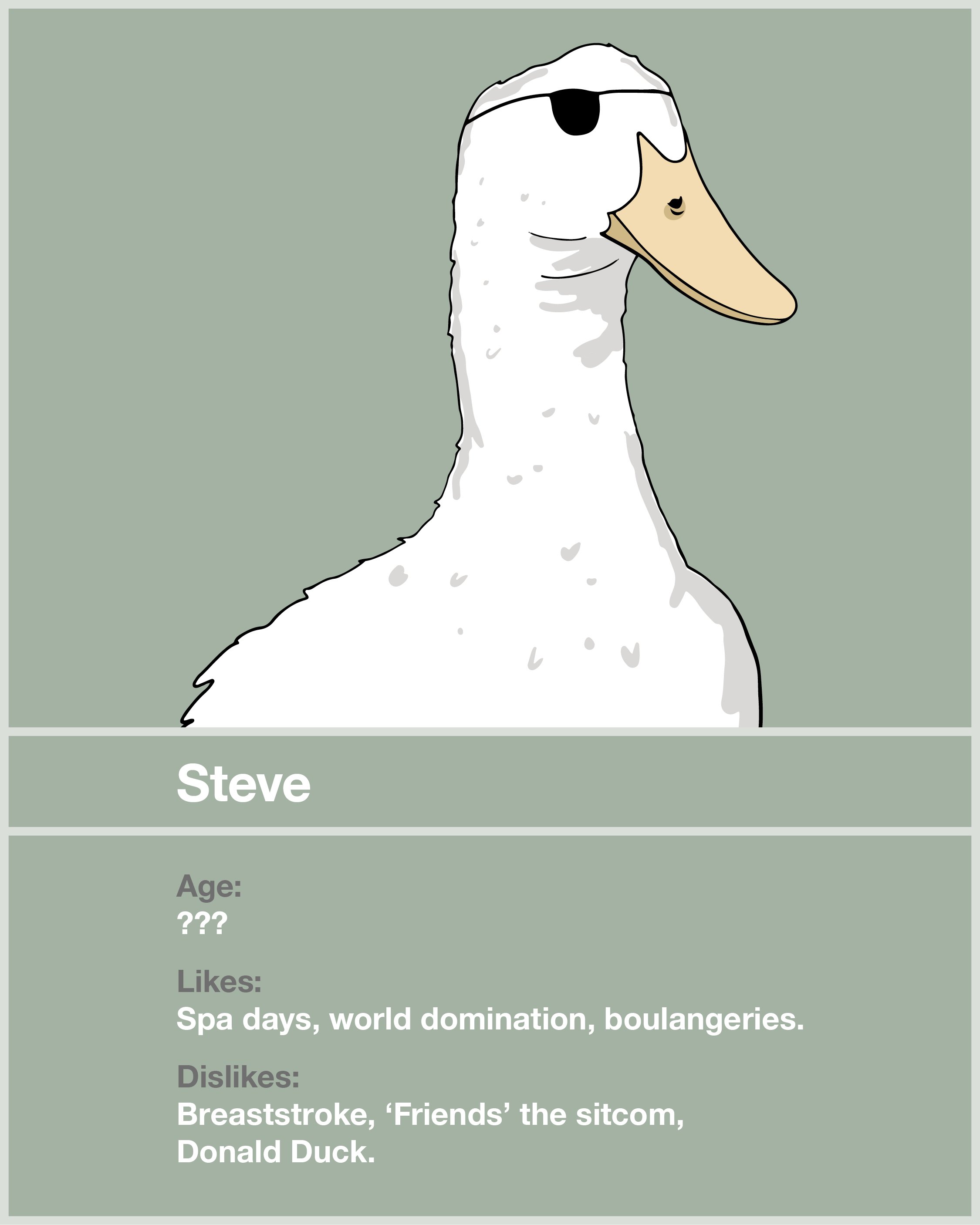

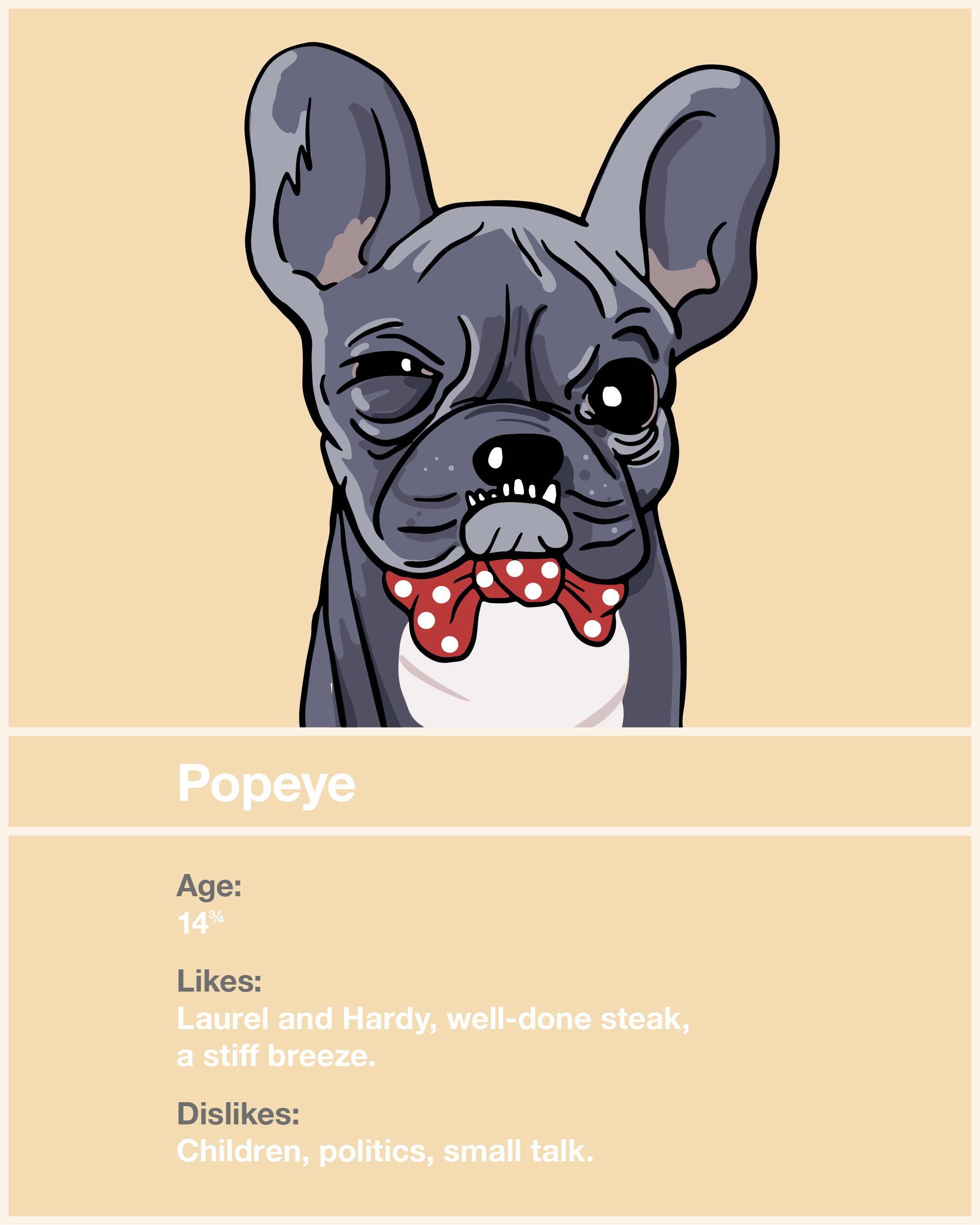
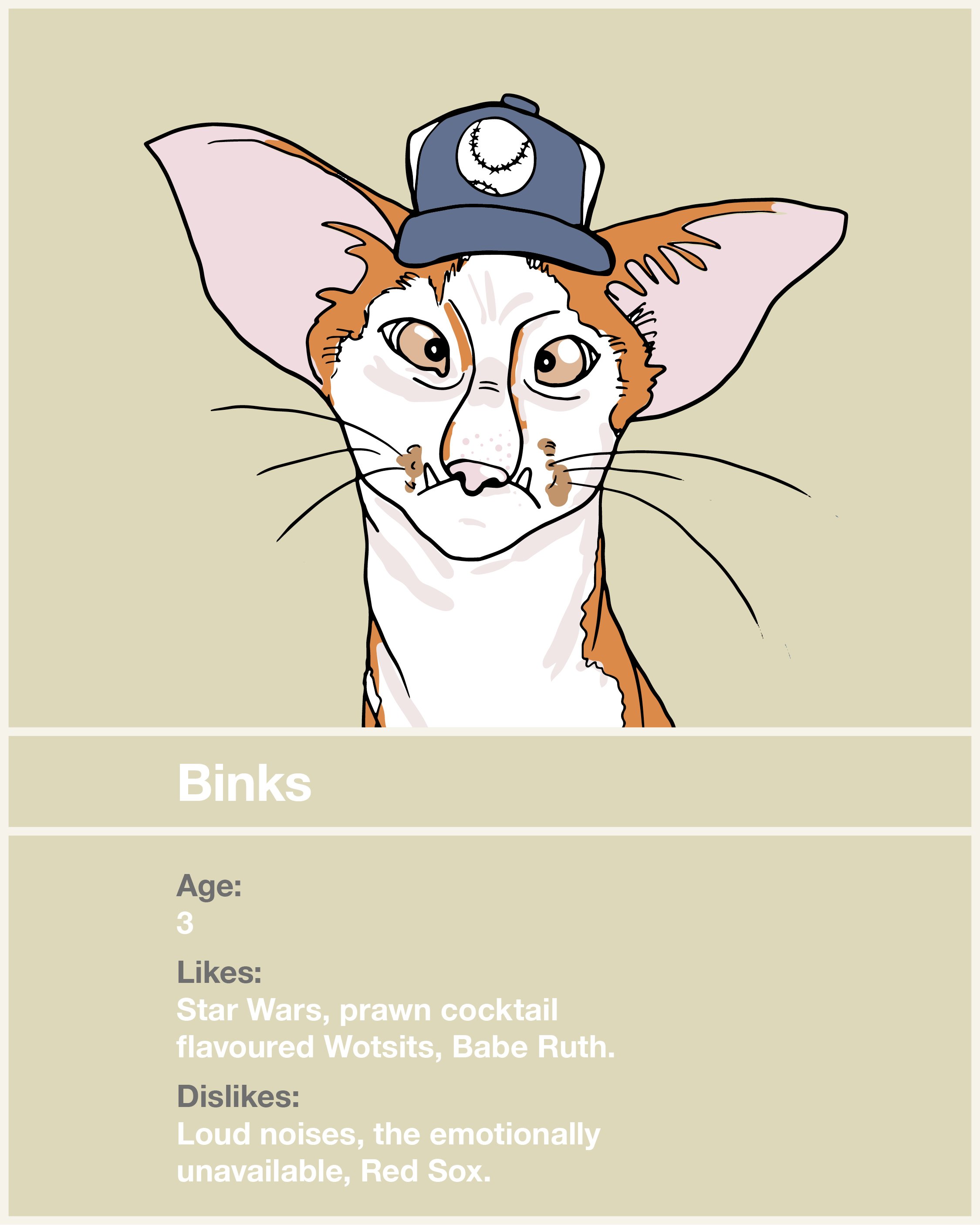
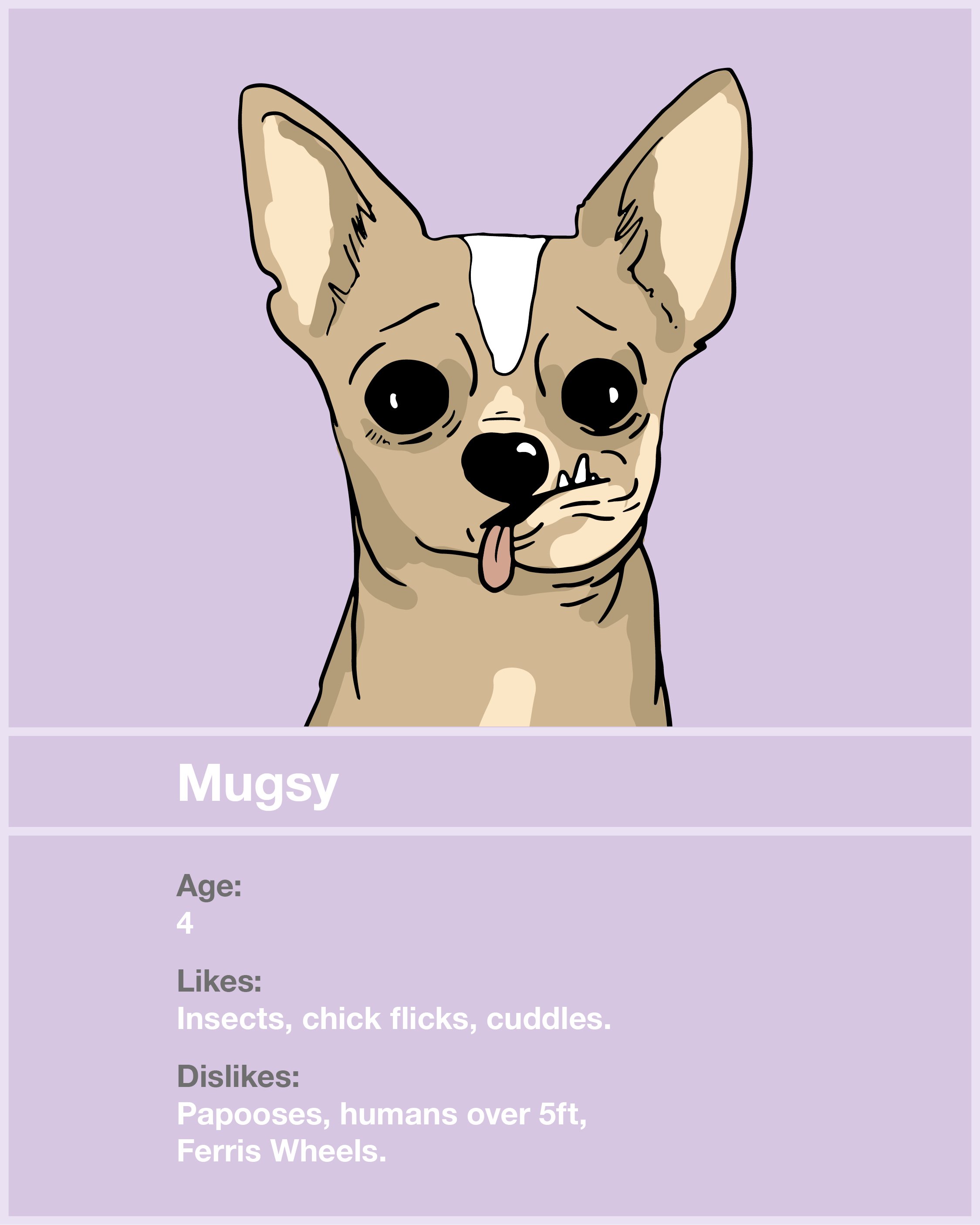
Superstars of Social Media (2022)
Digital art
This series examines internet fame, specifically how social media is not just responsible for making people famous, animals have been propelled into the spotlight this way too. Owners set up profiles for their pets, posting images of them and creating merchandise featuring their animals’ faces. Pete’s series explores how the animals that receive attention online, attracting a large and loyal following, often have unusual appearances or congenital problems.
“I created nine imaginary animals, each one possessing a specific aesthetic trait that could easily garner them fame if they existed in real life. [...] When presented this way, it almost feels as if they stop being animals and become commodities instead. It’s often their imperfections which propel these creatures into stardom. Through these images I’ve created my own menagerie of imperfects.”
NFC (2022)
Pete created NFC (No Fucking Clue), to express his confusion about, and mixed feelings towards, non-fungible tokens, a form of digital art collection that can be extremely lucrative. Each icon is based on a caricature of the artist. Like NFT art, each icon consists of a unique combination of accessories and traits Pete has drawn which have been combined to make multiple images. One thing they all have in common is that the artist looks confused.
Most of the accessories and items used in NFC are parodies or make specific references. The artist recreated the haunting face from Edvard Munch’s The Scream to emphasise his dismay and confusion regarding NFTs. The tomato soup can, derived from Andy Warhol’s Campbell’s Soup Can series, symbolises commercialism within art.
Laser Eyes (2022)
Artist’s Note
Bored Yacht Club artist with no fucking clue.
Curatorial Note
This image is one of the icons from Pete’s NFC series (above) made tangible. This combination includes green lasers, a reference to Bored Ape Yacht Club NFTs. This series consists of 10,000 images of apes dressed in a variety of ways with various expressions, some of whom feature lasers shooting from their eyes.
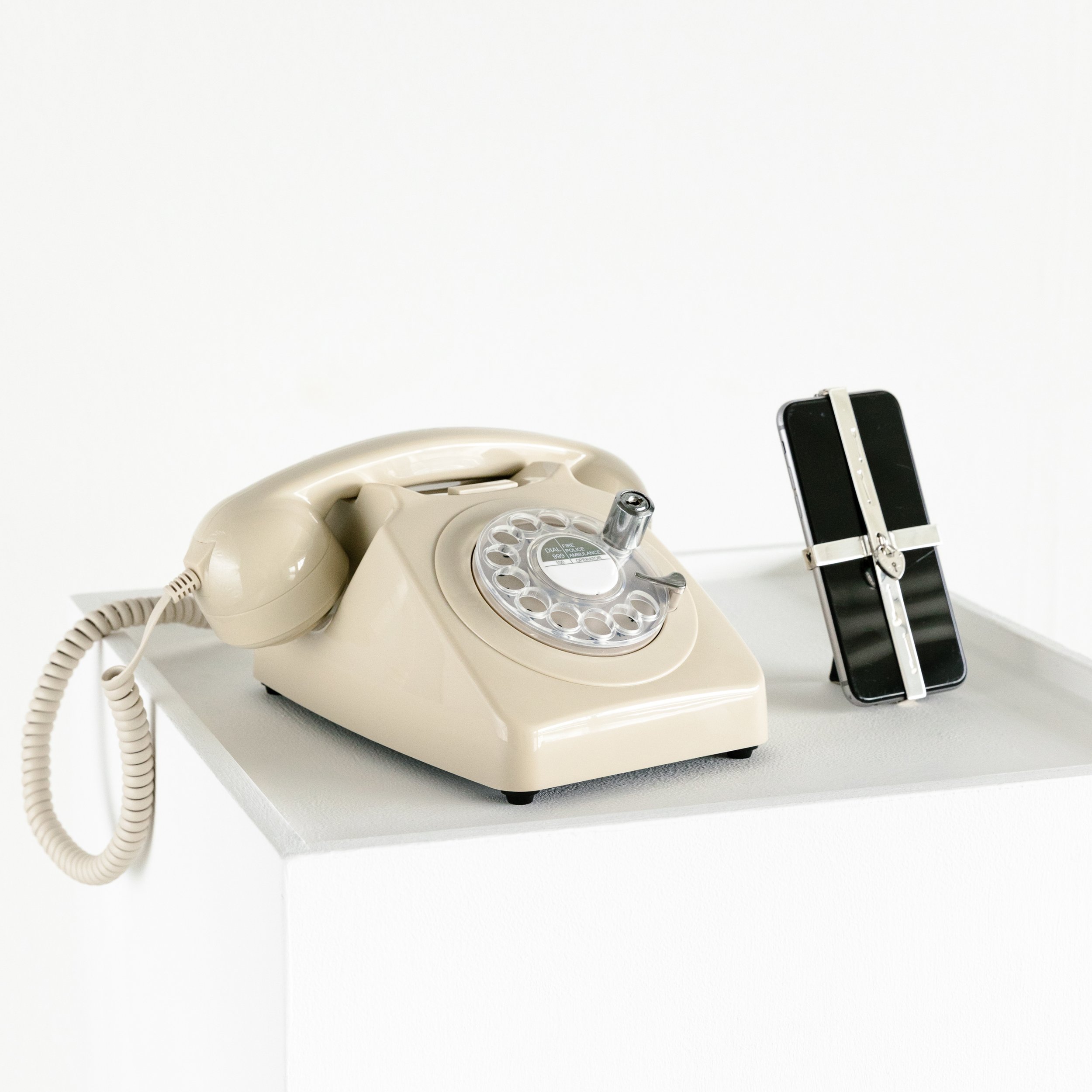


Hands Off (2022)
Designed by Pete McKee
iPhone lock created by Warren Martin
Buffed and polished by Frazer Rooke
Sterling silver
7cm x 14cm
Curatorial Note
This work explores online communication and how the way we talk to one another has evolved. The older phone has a lock on it which prevents the numbers being dialled. Wrapped around the smartphone is a contemporary version of this type of physical lock. The silver device that encases the phone is designed like an accessory, something that looks as if it could be used in real life. The lock in the middle of this contraption echoes that of a chastity belt, referencing how children and young people are often exposed to inappropriate adult content online.
“Back in the day the worst thing you could do was call your mates before 6pm when the tariff was higher. You could even put a lock on the phone to stop your kids from sneaking in a call. I wanted to create a modern day version of this lock [and] imagined what a physical phone lock might look like.”
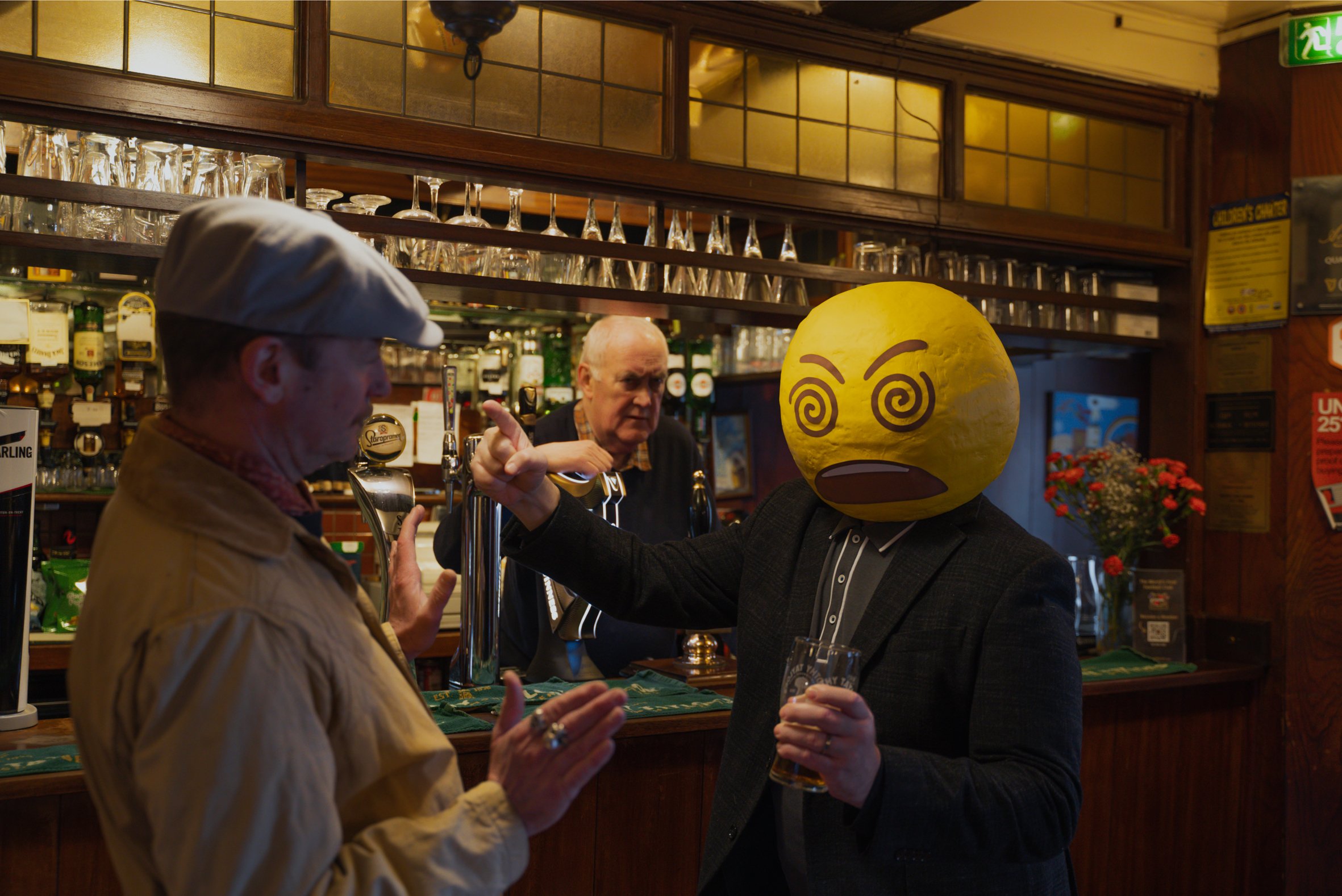


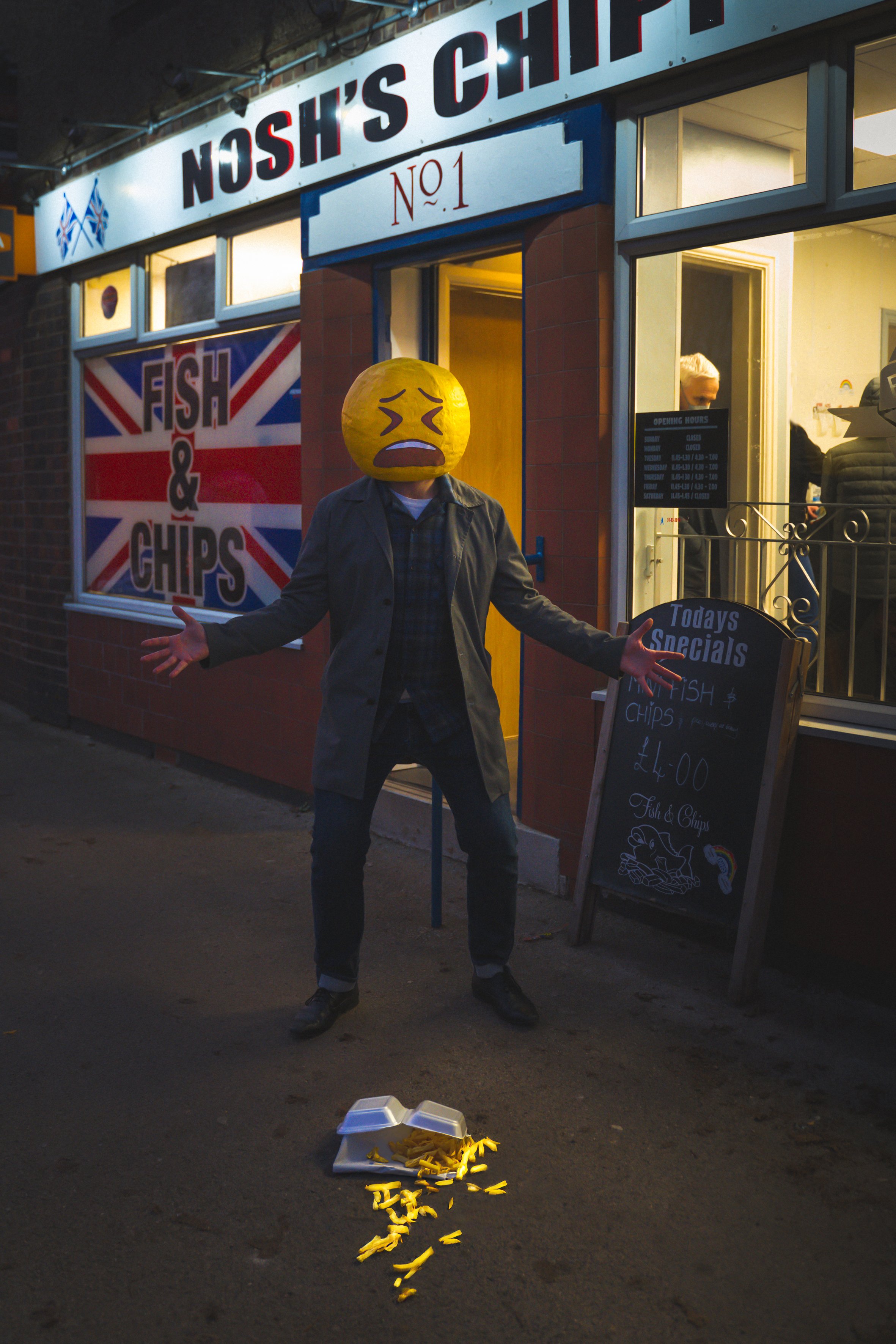

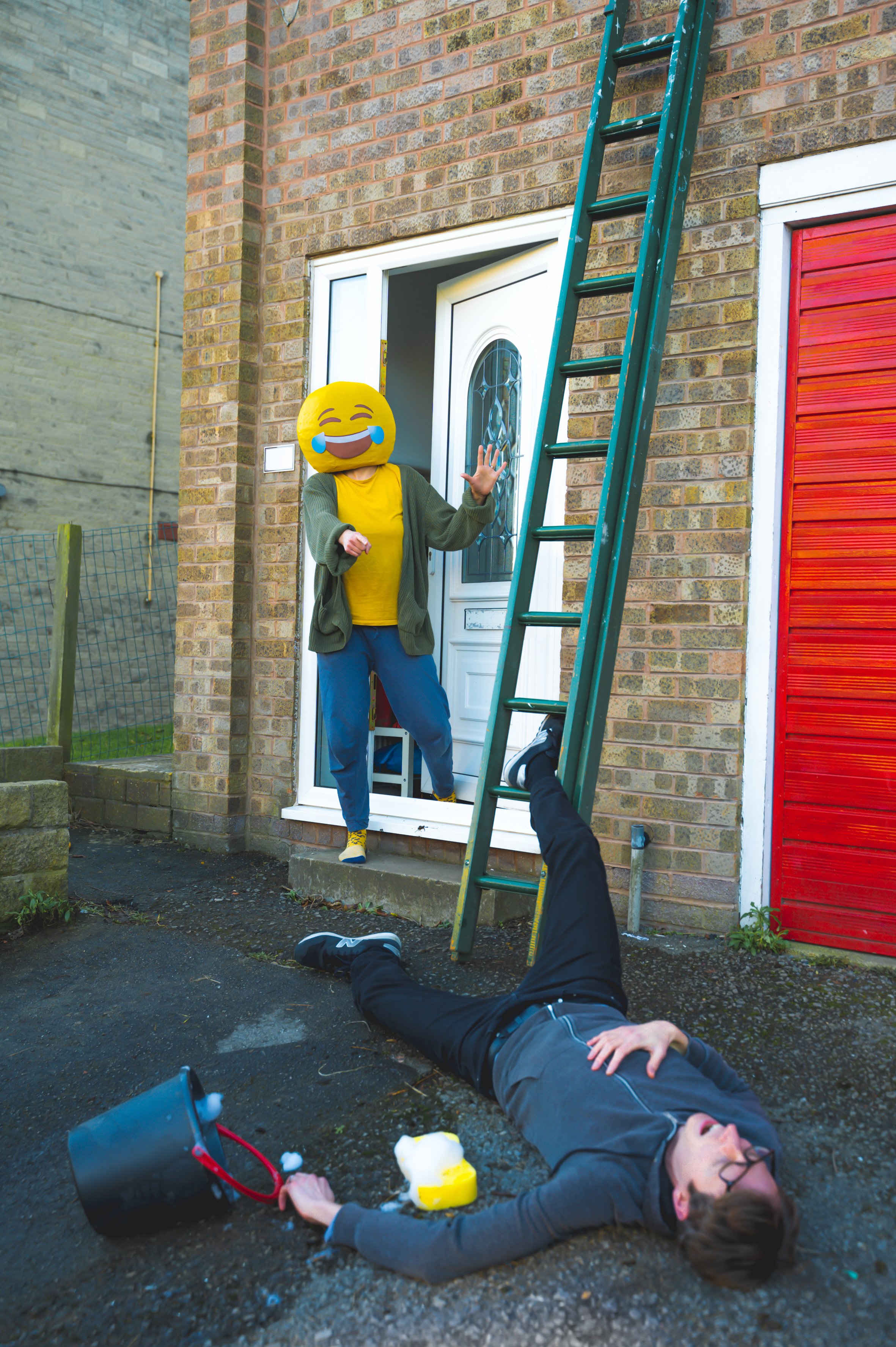
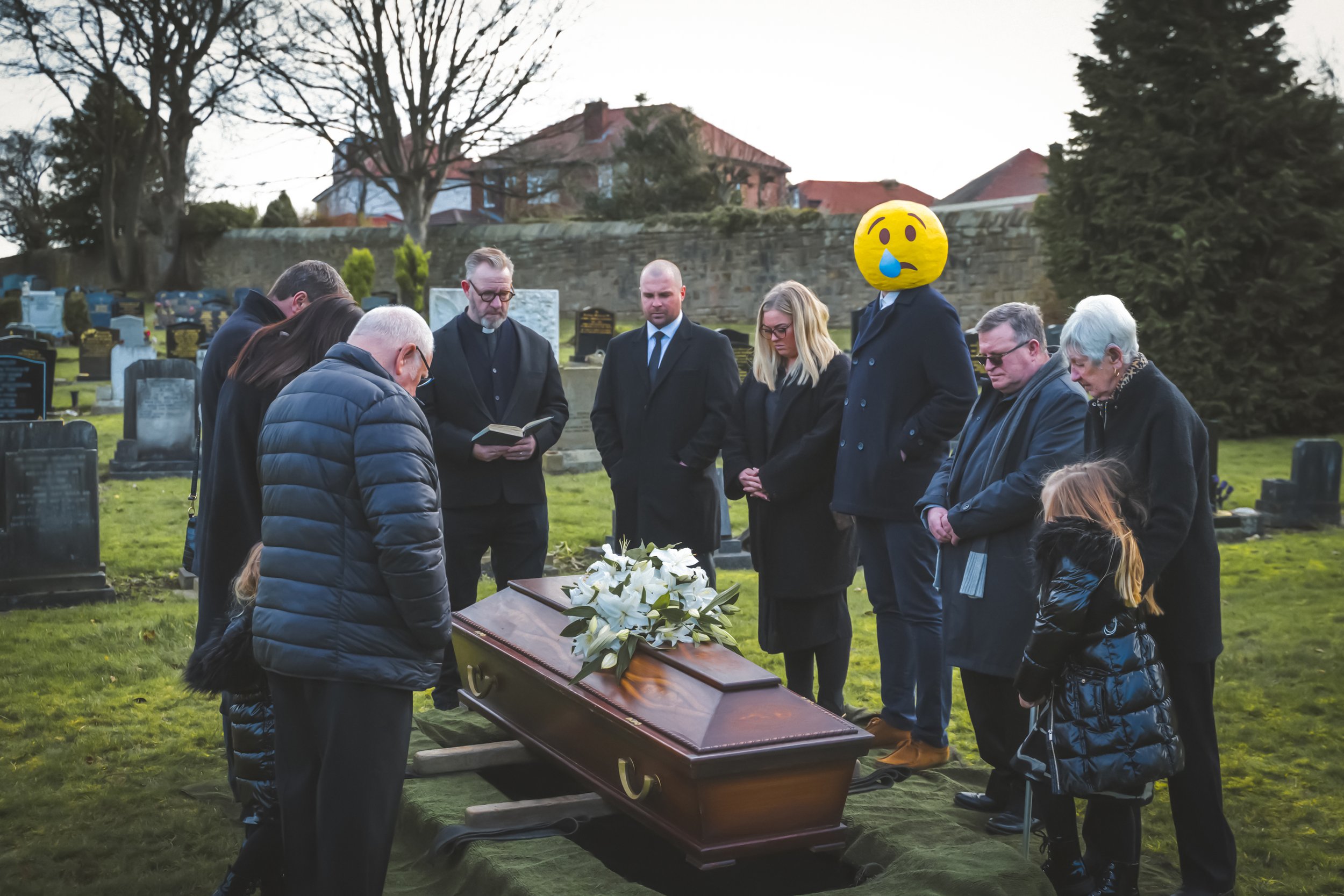
Pictodrama Series (2022)
Designed and directed by Pete McKee
Photography by Pedalo Photography
Emoji Heads by Sam Cleasby
Curatorial Note
(From left to right) The Face of Drunk Anger, The Face of Utter Love, The Face of Pending Doom, The Face of Despair, The Face of Sadness and Isolation, The Face with Tears of Joy, The Face with One Tear.
Pictodrama comprises seven photographs that explore digital languages, specifically how we use emojis to communicate how we feel. Emojis pervade our everyday lives and for many of us it has become second nature to use them when we talk to others online or via text. We replace words, sentences and emotional responses with these small icons, using them like a visual language.
An online conversation may be punctuated with one or several of these tiny potent symbols. Pete decided to explore this widely used form of communication by placing emojis in the context of the three-dimensional world, creating scenes in which people wore large emoji heads. These characters wear their feelings externally, as represented by their frozen emoji expressions. Each head symbolises the icon they might use if messaging someone or writing about their situation on social media.
Last Deleted Scene (2022)
Painted cel
22cm x 36cm
Artist’s Note
I’ll be honest, I never did like that bird.
Curatorial Note
The Last Deleted Scene explores value, worth and the transformation from the physical to the digital world. Here, Pete has taken Looney Tunes’ Road Runner and killed him off. The death of this famous and well-loved character symbolises the discontinuation of celluloid in the creation of cartoons and animation. This laborious and painstaking process, used during the 20th century, involved hand-drawing each frame on a “cel”. By the turn of the century many animation studios had ceased to use this method, replacing it with digital animation.
Pete uses this example as a metaphor for how various methods and techniques have now been replaced with digital technologies. The artist chose to represent this idea specifically with cel animation as he is an avid fan of cartoons from the 20th century. Before becoming an artist he was a professional cartoonist for twenty years.
